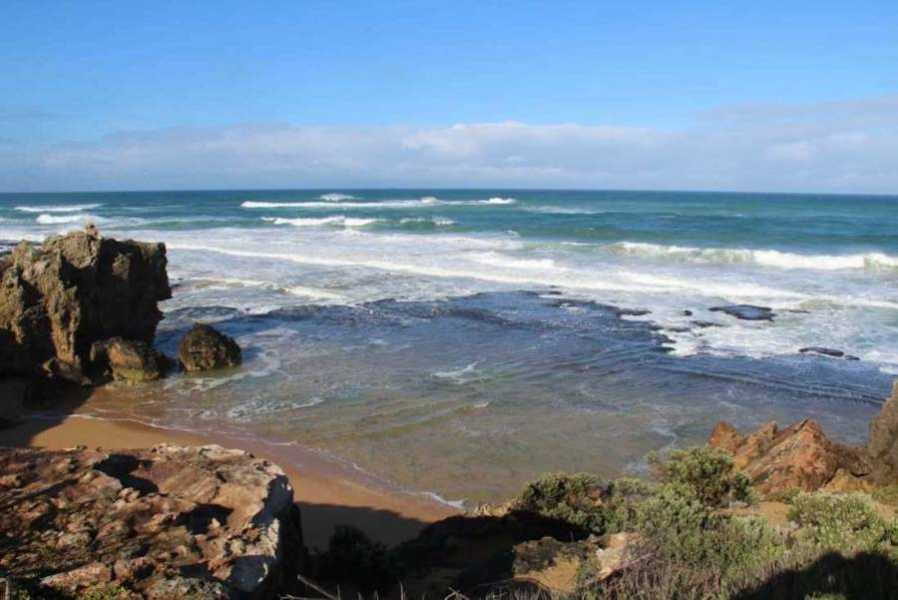Previous evidence suggests that the first humans arrived in Australia around 65,000 years ago. However, these blackened rocks suggest that their presence on the continent may have begun around 120,000 years ago.

John SherwoodA combination of shells and cracked, blackened rocks at Point Ritchie in southern Victoria, Australia.
With David Price from the University of Wollongong, John Sherwood from Deakin University and Stephen Carey from Federation University in Ballarat, the summary of six papers in the study, titled 'The Moydgil site, south-west Victoria, Australia: fire and environment in a 120,000-year-old coastal midden – nature or people', presents the key claim:
“Thermoluminescence analysis of the blackened rocks indicates that they are between 100,000 and 130,000 years old, which is consistent with independent stratigraphic data and the age of the surface on which they are located.
The distribution of blackened stones does not indicate the effects of bushfire. Two hearth-like features closely associated with the unconformity provide further clues to potential human intervention. The data are consistent with the suggestion of human presence at Warrnambool during the last interglacial.”
A documentary about the town of Warrnambool, focusing on Moydgil (Point Richey) and its early inhabitants.
When Bowler discovered the continent's oldest human remains in Lake Mungo in New South Wales nearly half a century ago, it changed the basic facts of regional archaeology forever. It effectively confirmed, according to IFL Science, that humans had been in Australia for 40,000 years.
Since then, tools have been found that predate Mungo Man by another 25,000 years, changing the timeline again and putting the earliest date for human activity in Australia at 65,000 years ago.
However
Sourse: www.allthatsinteresting.com





